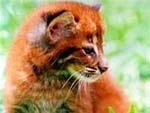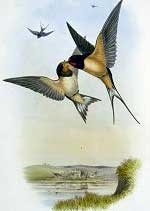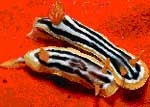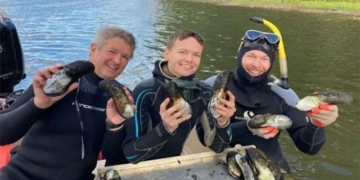Over 200 Parrots Fall from the Sky in New South Wales, Bewildering Scientists.
In New South Wales, Australia, over 200 lory parrots fell from the sky last week, prompting confusion among scientists, Newsweek reported on February 1. It is possible that the parrots were affected by a phenomenon known as LPS (which refers to strong stimulants that provoke inflammatory responses, even at very low concentrations, and are associated with the pathogenesis of systemic infections and septic shock), causing paralysis and resulting in their inability to fly. The exact cause of this condition remains unclear. Researchers have been unable to identify any pathogens or toxins in the environment responsible for this incident, according to the University of Sydney.

Parrots that fell to the ground at the recovery care center. (Photo: ABC News).
LPS appears to affect birds primarily during the summer months in Australia, from October to June, with the highest number of cases occurring in December, January, and February. During this time, thousands of birds are taken to care centers for rehabilitation. This can be an intensive and long-term process.
“Many birds seem to struggle to survive as they lose weight, become malnourished, and weak,” said Robyn Gray, a bird coordinator at the Wildlife Information, Rescue and Education Service (WIRES). Currently, Gray is caring for over 80 Lory parrots. According to her, 1,500 birds died from LPS during the summer four years ago.
The disease was first identified in 2010 and only affects birds in the area between Bundaberg in Queensland and Grafton in New South Wales. Initially, researchers believed the illness might be caused by excessive consumption of mangoes and fermentation of sugars in the fruit. “We tested for alcohol but found no alcohol in the birds’ bodies. The signs we observed did not match those of alcohol poisoning,” stated David Phalen, a professor of wildlife health and conservation at the University of Sydney, who is involved in the Lory Parrot Paralysis Syndrome Project.
Scientists are also considering the possibility that the disease could be caused by chemicals such as pesticides or fungicides sprayed on fruit. However, all current tests on fruit sprays have not revealed anything unusual.
Another hypothesis suggests that LPS may derive from a toxin formed in certain fruits as they ripen during this time of year. “Not all fruits that birds consume are toxic, so this could be a toxin that forms internally due to overripe fruit. This is the focus of our research this year,” Phalen explained.
To determine whether this is true, the research team in the Lory Parrot Paralysis Syndrome Project is asking the public to report their observations of birds foraging in the wild. Notably, LPS seems to be linked to other mysterious syndromes in non-bird animals, such as fruit bats.





















































